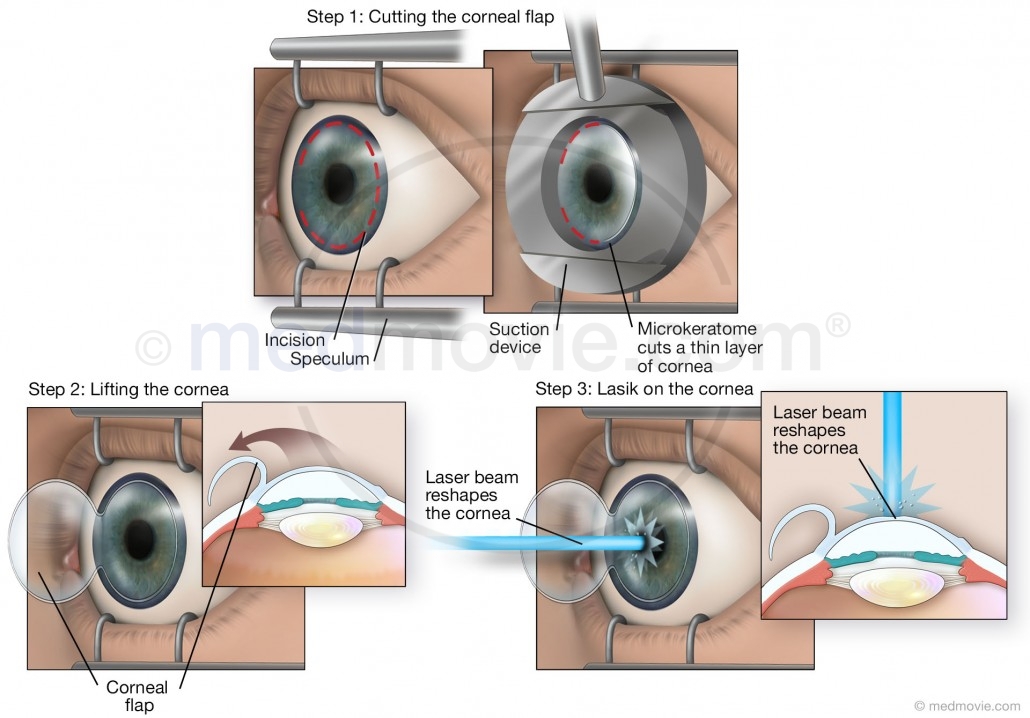LASIK
Request Stock Pricing
Laser-Assisted in situ Keratomileusis, or LASIK, is a type of laser eye surgery that is used to correct such vision problems as myopia, hyperopia, and astigmatism. During LASIK surgery, a laser beam is used to reshape the cornea of the eye. LASIK surgery is usually performed in two main steps. In the first, a device called a speculum is used to hold the eyelids open and a corneal suction ring is applied to the eye, immobilizing it for surgery. A microkeratome blade is then used to create a flap in the cornea, leaving one section remaining anchored to the eye. The flap is folded back to reveal the middle section of the cornea, or stroma, underneath. In the second step of LASIK surgery, a excimer, or ultraviolet, laser beam is used to reshape the cornea by removing thin layers of tissue. The cornea is reshaped in different ways to correct for different vision problems. Afterward, the corneal flap is closed and allowed to heal.
Request Stock PricingParent Topic: LASIK
Topic Media ID: opml_0006a
